Winter Photography
01-08-2018
Writer(s): Dan Shepardson
I find hiking and photographing nature in winter to be an exceptional time of year to be outdoors. The winter landscape is a place of solitude. You encounter few humans on the trail and the snow cover creates a calm and quiet sense of place. For these reasons, I always feel a greater connection to nature in winter than in summer.
I find the beauty of nature revealed in a new way. It becomes a snow scape, a wonderland of snow and ice. They transform the landscape, creating a visually unique experience. The snow also affects the acoustics of the landscape. On your next snow hike, stop and listen to nature. You might be surprised by what you can and can’t hear. New-fallen snow absorbs sound, giving the landscape a gentle, quiet feel--softening it acoustically and visually. This sound-absorbing quality occurs as the air between the newly fallen snowflakes absorbs the sound. As the snow melts and re-freezes, it hardens and thickens, and its sound-absorbing ability diminishes. The harder the snowpack becomes, the more sound will echo through the landscape.
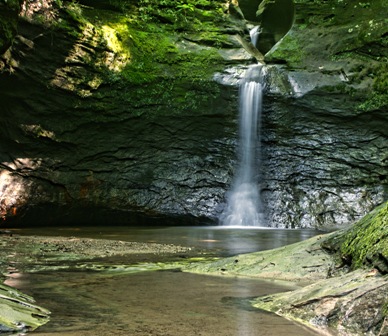
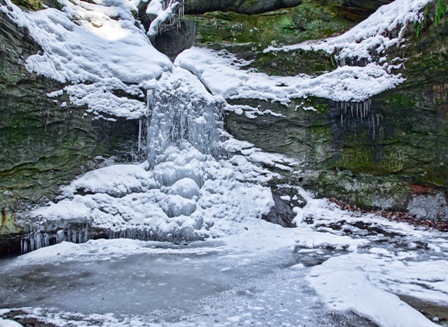
The images above are of the Punch Bowl in summer and winter.
Photographing nature covered in snow is challenging, especially on bight sunny days. The trick is to overexpose your photograph. Your camera sensor compensates for the bright snow by underexposing the scene, giving a gray cast to the snow instead of capturing bright white snow. I find that increasing the exposure about one to two f-stops to do the trick. Because I often bracket shoot, the slightly overexposed image often produces nice white snow. I also find cloudy days to be the best for shooting snowy landscapes because less sunlight is reflected from the snow, making it easier to properly expose the image. The last setting you need to consider is shutter speed. If you wish to capture and freeze snowflakes in space and time you need to shoot at a fast shutter speed, say 1/250 or higher. On the other hand, if you want to capture the movement of the snowflakes you need to shoot at a slower speed--1/30 or slower. Finally, think creatively as you compose your image. Think monochromatically in black and white. Think in terms of line and shape. Think about how color contrasts with the snow.
Dress warm and enjoy your next winter photographic hike!
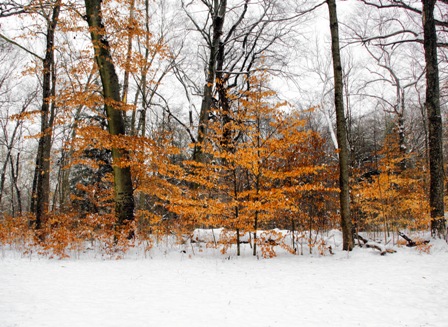
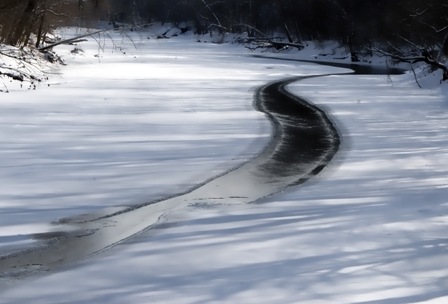
The images above illustrate color contrast (The copper-colored leaves of the birch tree) and the monochromatic and curved line of a frozen Sugar Creek.
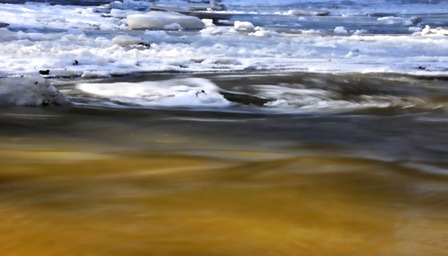
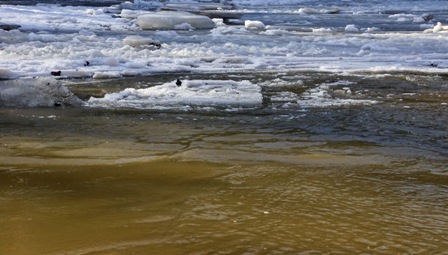
The images above illustrate the use of shutter speed to photograph moving ice.